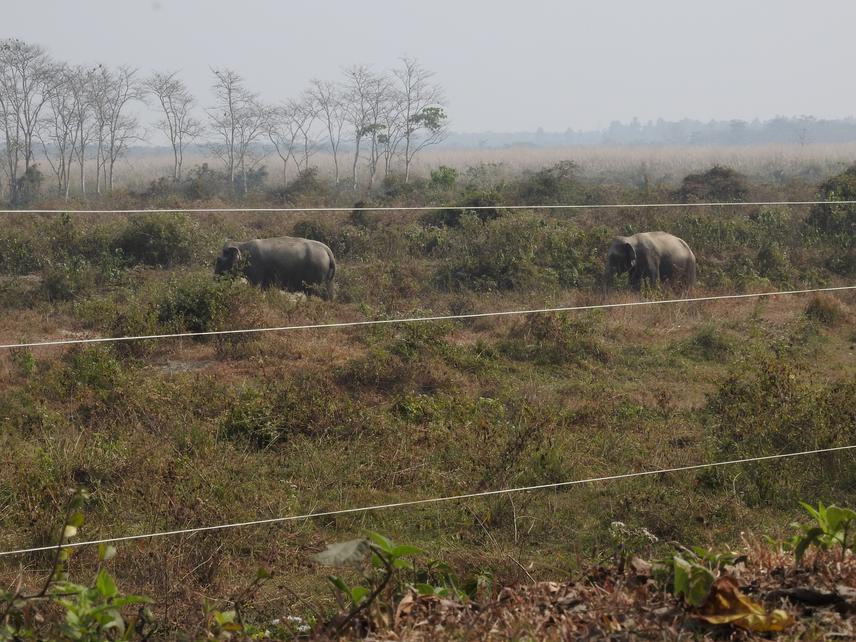Akashdeep Roy
The study will investigate how different political actors (human and non-human) interact with the inanimate materials to shape human-wildlife conflict (HWC) in the North Bengal region. Here, non-human political actors comprise elephant and leopard, while electric fence and rice beer (haria) constitute inanimate materials. These inanimate materials operate in opposite directions. For instance, according to the existing literature, electric fence mitigates conflict and rice beer escalates the human-elephant conflict. We will locate our case site around Gorumara National Park, Jaldapara National Park, and parts of the Buxa tiger reserve in a mixed matrix of tea gardens, agricultural fields, and small towns intersected by railways and highways. The study joins the growing field of 'more-than-human' political ecology of conservation by intersecting conservation biology, anthropology, environmental history, and human geography.

This study will use the theoretical and analytical framework of political ecology using multiple methods for data collection. We'll review the literature, and the forest department records to understand the extent of the electric fence and elephant corridors' state in the study area. Based on this knowledge, we'll test GLM models to check the efficacy of electric fences through a multi-stage cluster sampling. Simultaneously, we'll use a combination of social and ecological methods to map the changes along ecological corridors and understand the actors and factors involved. To understand the landscape determinants of human-wildlife conflict, we’ll prepare land-use/land-cover maps and observe the conflict/compensation rate through the West Bengal Forest Department data and in-depth interviews with senior government officials, politicians, and NGO workers. We will use a village level census survey combined with selective ethnographic methods such as key stakeholder interviews, group discussions and participant observation. We'll also deploy infrared camera traps along major electric fences to attain an 'animal eye' to triangulate the findings in collaboration with West Bengal Forest Department.
Once the research findings and results are out, I'd organize at least two multi-interest group presentations/workshops to discuss the outcomes and suggestions to various stakeholders. The major stakeholders would be officials from the forest department, gram panchayat (local legislative body) members, tea garden managers, regional NGO heads, and scholars from the academic community. Having multi-interest groups under one roof would have more impact on disseminating the findings. Further, the academic publications would allow the researchers to build upon the key findings and gaps.